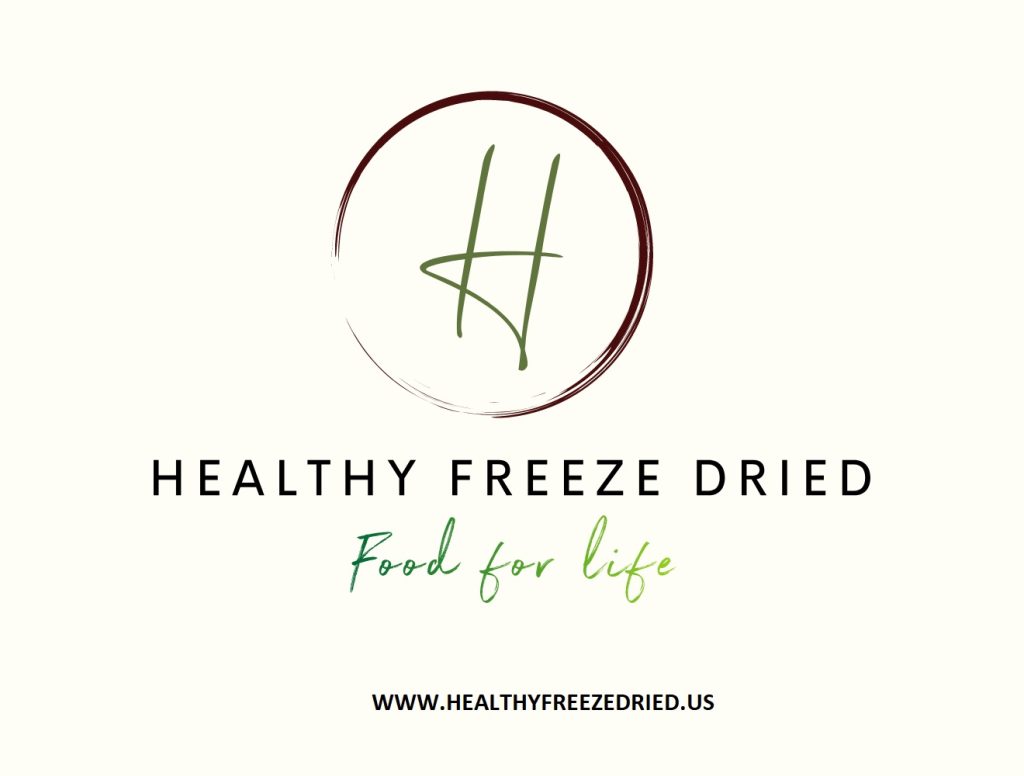Microgreens, the young seedlings of vegetables and herbs, have gained popularity not only for their culinary versatility but also for their exceptional nutritional qualities. This article, inspired by the comprehensive review by Bhaswant, Shanmugam, Miyazawa, Abe, and Miyazawa (2023), delves into the myriad of health benefits and nutritional richness of microgreens.
Nutrient-Dense Profiles of Microgreens
Microgreens are rich in vitamins, minerals, and phytochemicals. They offer a concentrated source of nutrients, often containing higher vitamin, mineral, and antioxidant levels compared to their mature plant counterparts. For example, red cabbage microgreens are found to have higher concentrations of vitamin C, vitamin K, and glucoraphanin, a nutrient known for its antioxidant properties, compared to mature red cabbage (Bhaswant et al., 2023).
Antioxidants and Phytochemicals in Microgreens
These young plants are particularly rich in antioxidants such as ascorbic acid (vitamin C), phylloquinones (vitamin K), α-tocopherol (vitamin E), β-carotene (Pro Vitamin A), and a variety of phenolic antioxidants. These compounds are crucial for combating oxidative stress and reducing inflammation, thereby offering protective effects against various chronic diseases.
Microgreens and Chronic Disease Prevention
The concentrated presence of bioactive compounds in microgreens shows potential in preventing and managing chronic diseases like diabetes, cardiovascular diseases, and cancer. The high levels of antioxidants and phytochemicals in microgreens contribute to their health-promoting properties. For instance, the glucosinolates in microgreens, especially in the Brassicaceae family (which includes broccoli and cabbage), are known for their antioxidant and anti-inflammatory capabilities, offering protection against certain types of cancers.
Microgreens: A Source of Essential Minerals
Microgreens are not only about vitamins and antioxidants; they are also a rich source of essential minerals. These include elements like iron, zinc, potassium, calcium, and magnesium, vital for various bodily functions. The presence of these micro and macroelements in microgreens makes them an excellent dietary addition for individuals looking to boost their nutrient intake naturally.
Conclusion
The dense nutritional profile of microgreens makes them a superior food choice for health-conscious individuals. Their high concentrations of vitamins, minerals, antioxidants, and phytochemicals offer numerous health benefits, potentially aiding in the prevention and management of chronic diseases. As the interest in functional foods grows, microgreens stand out as a potent, nutrient-packed option.
References
Bhaswant, M., Shanmugam, D. K., Miyazawa, T., Abe, C., & Miyazawa, T. (2023). Microgreens—A Comprehensive Review of Bioactive Molecules and Health Benefits. Molecules, 28(867). doi:10.3390/molecules28020867
Note: This blog post is centered on the superior nutritional qualities of microgreens, highlighting their rich content in vitamins, minerals, antioxidants, and phytochemicals, and their role in chronic disease prevention. The information is based on the review by Bhaswant et al. (2023).

